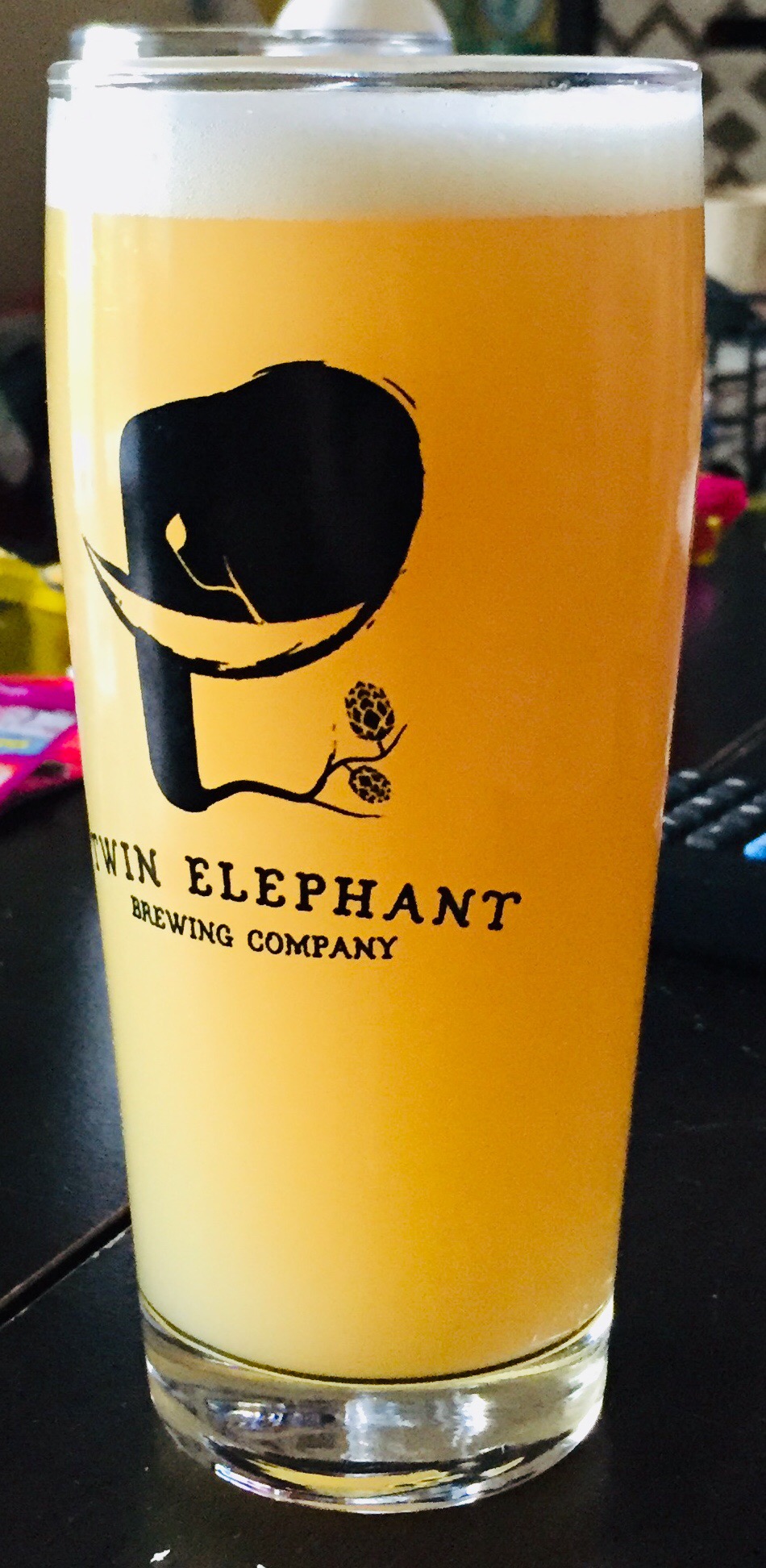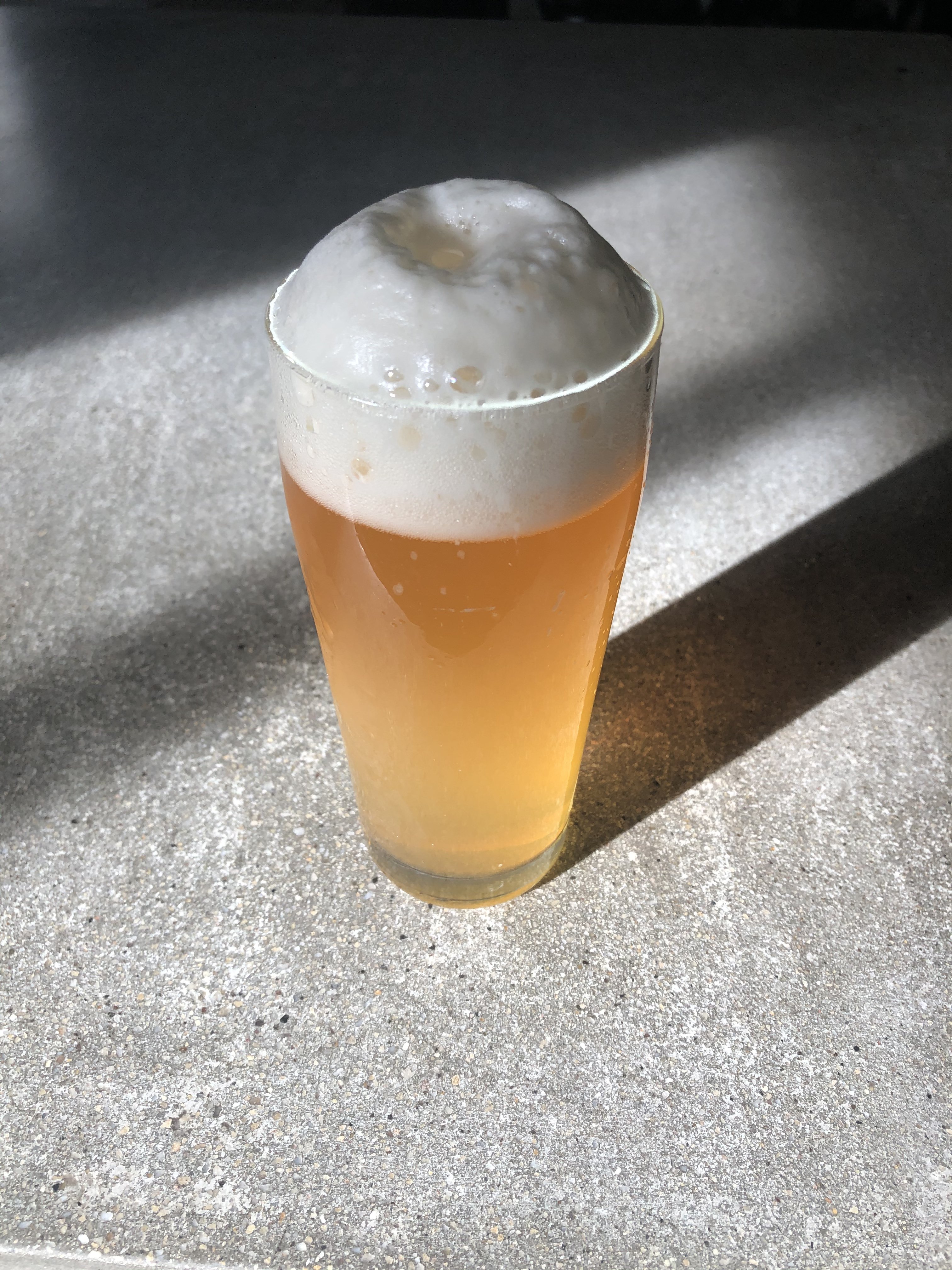@Noob_Brewer
get two stainless steel scrubbies that look like below. ($3) at grocery store. Make sure it is the kind that looks coiled. Stick fingers through center of one, stretch it open and insert the second one inside. Stick finger in the center scrubby to open enough so you can slip it over your diptube. As you recirculate the scrubby will get caked with protein, hops, etc which will then cause it to act like a "wort filter subsequently keeping all of the trub out and sending "clear" wort to FV.
NOTES: it will drastically slow down the transfer to fermentor, two scrubbies are better than one but one works too. Whirlfloc increases the effectivenes of this method.
I really need help with this very thing. Every brew I've done in my Unibrau system has clogged the hopplate filter when I try to send to plate chiller. Makes for a messy frustrating situation. I have always thrown in hops but there such a butt ton of them that it's inevitable the hopplate will clog. I hate to use a spider because when I did that before it completely clogged too so I knew minimal hop oils were getting out. So I've decided to get a central spider with a big floppy bag and see if that will allow utilization to occur at a high percentage and at the same time prevent the clog when I decide to send to chiller. Any ideas??














![Craft A Brew - Safale S-04 Dry Yeast - Fermentis - English Ale Dry Yeast - For English and American Ales and Hard Apple Ciders - Ingredients for Home Brewing - Beer Making Supplies - [1 Pack]](https://m.media-amazon.com/images/I/41fVGNh6JfL._SL500_.jpg)















































